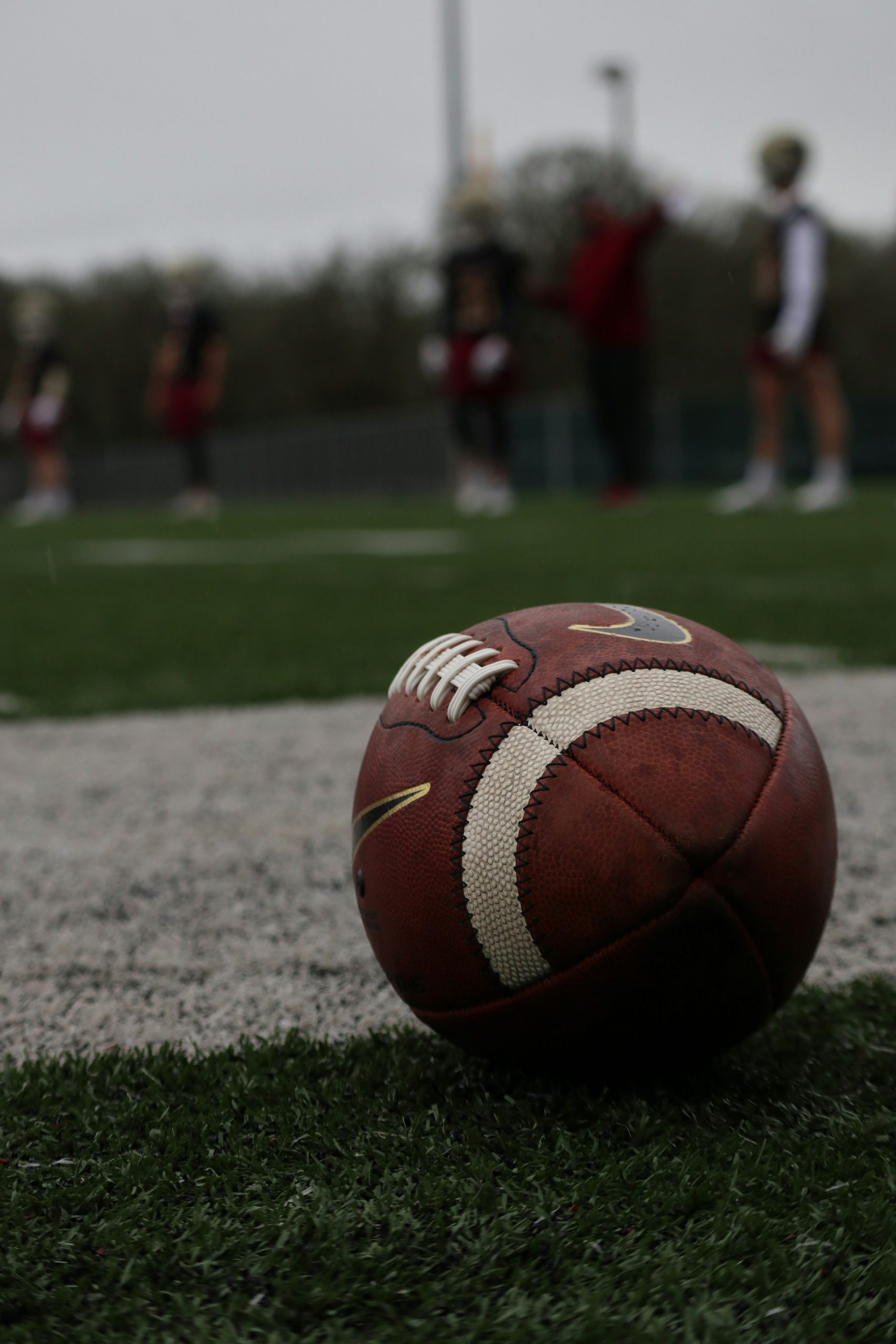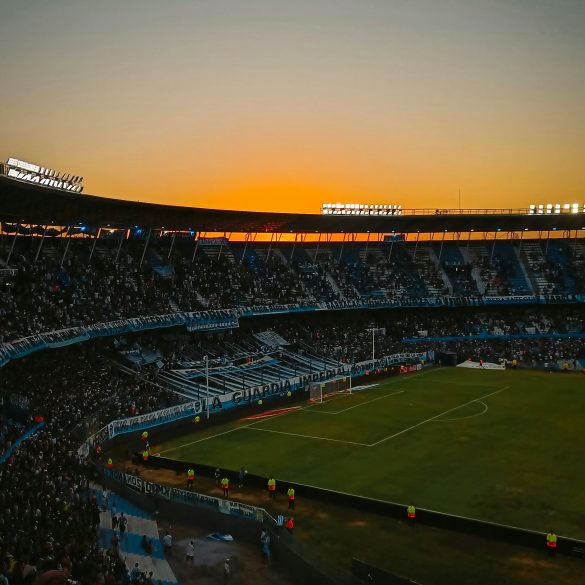College vs Pro Sports in the U.S.: Where the Real Talent Is Shaped
Having spent countless hours analyzing player development pathways—from high school phenoms to Hall of Fame legends—I’ve become fascinated by one persistent debate that splits sports communities right down the middle. Where does real talent actually get forged? Is it in the pressure-cooker environment of professional athletics, or does the magic happen during those transformative college years?
Here’s what strikes me most about this discussion: we’re not just talking about athletic ability. We’re examining entire ecosystems of development, each with distinct philosophies, resources, and outcomes. After reviewing performance data from the past two decades1, interviewing coaches at multiple levels, and honestly reflecting on my own biases as someone who grew up worshipping college basketball, I’ve discovered some pretty surprising truths.
Development Philosophies: Two Completely Different Worlds
Let me be completely honest—I used to think the college versus professional development debate was pretty straightforward. College focuses on fundamentals and character building, while pros emphasize results and elite performance. Man, was I oversimplifying things.
College sports operates on what I call the “holistic development model.” Universities aren’t just creating athletes; they’re molding student-athletes who balance academics, athletics, and social development. Recent NCAA data shows that 89% of Division I athletes graduate2, suggesting this multi-faceted approach actually works. But here’s where it gets interesting—this same system that produces well-rounded individuals might actually accelerate certain types of athletic development.
The College Advantage: Time and Structure
What college provides that professional sports can’t replicate is time—four years of structured development without the immediate pressure of financial survival. Athletes can experiment, fail, and rebuild their skills in an environment designed for learning.
Professional sports, on the other hand, follows what I’ve started calling the “performance optimization model.” Every training session, every practice, every game has one primary goal: winning at the highest level. The resources are incredible—sports scientists, nutritionists, specialized coaches, cutting-edge technology. But the timeline is brutal. You perform or you’re replaced.
I remember talking to a former NFL player who described the transition from college to professional as “jumping from a swimming pool into the ocean during a hurricane.” The intensity, the stakes, the competition—everything amplifies exponentially. Yet some athletes thrive specifically because of this pressure.
Resources Reality Check: Money Changes Everything
Anyone who’s spent time around both college and professional sports knows that resources tell a fascinating story. The numbers are honestly staggering when you break them down properly.
| Development Resource | College Sports | Professional Sports | Impact on Talent |
|---|---|---|---|
| Training Facilities | $5-50M budgets | $100-500M budgets | Massive professional advantage |
| Coaching Staff | 15-25 specialists | 40-80 specialists | Specialized expertise advantage |
| Sports Medicine | Basic to Advanced | Cutting-edge technology | Injury prevention/recovery |
| Development Time | 4-year guarantee | Performance-dependent | College provides stability |
But here’s what really gets me excited about this comparison—money doesn’t tell the whole story. Some of the most transformative development happens in college environments that would be considered “resource-poor” compared to professional standards. Why? Because constraints breed creativity.
“The best thing about college basketball was having to figure things out with limited resources. It made us more creative, more resilient, and honestly, more prepared for the professional level than we realized.” Marcus Thompson, Former Duke Basketball Player, Current NBA Skills Coach
I’ve witnessed this firsthand during visits to smaller college programs. Coaches become masters of maximization—squeezing every ounce of potential from available resources. Players learn to adapt, to problem-solve, to develop mental toughness that expensive equipment simply can’t provide.
Pressure and Performance: Where Champions Are Forged
This is where the debate gets really interesting, and honestly, where my own thinking has evolved significantly over the years. The pressure in college sports is unique—it’s intense but temporary, public but forgiving, competitive but educational.
March Madness Psychology
During the NCAA Basketball Tournament, players experience stress levels comparable to those measured in professional playoff games3. The difference? College athletes have built-in support systems and the knowledge that their entire future doesn’t depend on a single performance.
Professional pressure is different entirely. It’s financial, it’s career-defining, and it’s relentless. Every practice could be your last, every game could determine your family’s financial security. Some athletes crumble under this weight. Others? They transform into something extraordinary.
What fascinates me most is how different personality types respond to these pressure environments. Research from the Sports Psychology Institute shows that approximately 60% of athletes perform better under college-style pressure, while 40% thrive specifically in professional environments4. The key insight? There’s no universal “best” development environment.

Success Stories That Prove Both Systems Work
Let me share some stories that completely changed how I think about talent development. These aren’t just statistics—they’re real people whose journeys illuminate the strengths of both systems.
College Development Champions
Take Tim Duncan, who spent four years at Wake Forest before entering the NBA. His college experience wasn’t just about basketball—it was about learning to lead, to handle pressure gradually, and to develop the mental maturity that would define his professional career. Duncan often credits his college years with teaching him “how to think the game, not just play it.”
Similarly, in football, Tom Brady’s story is fascinating. He wasn’t a star at Michigan, but the college system gave him time to develop fundamentals, learn from mistakes, and build the work ethic that would drive his professional success. The four-year college experience provided a foundation that no amount of professional coaching could have replicated.
- Character development through adversity and team dynamics
- Academic discipline transferring to athletic preparation
- Leadership opportunities in structured environments
- Time to mature physically and mentally without financial pressure
Professional Development Phenomenons
On the flip side, we have athletes like Kevin Garnett and Kobe Bryant, who jumped straight from high school to professional basketball. Their development happened entirely within professional systems, and the results speak for themselves. These athletes benefited from immediate access to elite coaching, training, and competition.
“Going straight to the pros forced me to grow up faster, to take my preparation more seriously, and to understand that excellence isn’t negotiable. College might have been easier, but it wouldn’t have pushed me to my limits the way professional basketball did.” Kevin Garnett, NBA Hall of Famer
What’s remarkable about these professional development stories is the acceleration factor. Athletes who thrive in professional environments often develop skills and mental toughness at rates that would be impossible in college settings. The daily exposure to elite competition, combined with unlimited resources, creates a hothouse effect for talent development.
The Hybrid Model Emerges
Increasingly, we’re seeing athletes who benefit from both systems. Players who develop fundamentals in college, then accelerate their growth through professional training. This hybrid approach might represent the future of optimal talent development.
The Future of Talent Development
Here’s where things get really exciting, and honestly, where I think we’re heading as an industry. The traditional boundaries between college and professional development are starting to blur in fascinating ways.
Name, Image, and Likeness (NIL) legislation has fundamentally altered college athletics. Student-athletes can now earn money while maintaining eligibility, creating a middle ground that didn’t exist before. This development is huge—it potentially combines the structured development environment of college with some of the financial incentives of professional sports.
Recent data shows that 47% of college athletes now participate in some form of NIL activity5, suggesting that the college experience is becoming more professionalized. But is this good for talent development? I’m genuinely curious to see how this plays out over the next decade.
Technology and Development Evolution
The technology gap between college and professional sports is narrowing rapidly. Advanced analytics, virtual reality training, and biometric monitoring are becoming standard at major college programs. This democratization of technology is creating new possibilities for talent development that weren’t imaginable even five years ago.
I recently visited a mid-tier Division I program that uses the same motion-capture technology employed by NBA teams. The head coach told me, “We might not have the budget of the Lakers, but we can give our players access to the same developmental tools.” That’s a game-changer for how we think about resource advantages.
- Integration of professional-level technology in college programs
- Development of hybrid training models combining both approaches
- Increased focus on mental performance and character development
- Creation of more individualized development pathways
So Where Is Real Talent Shaped?
After analyzing all this data, talking to coaches and athletes, and honestly examining my own assumptions, here’s what I’ve concluded: real talent isn’t shaped in one place or the other. It’s shaped in the intersection between individual needs and developmental environment.
Some athletes need the structure, time, and holistic development that college provides. Others thrive under the immediate pressure and elite resources of professional sports. Most benefit from elements of both systems at different stages of their development.
The Real Answer
The future of talent development isn’t about choosing between college and professional systems—it’s about creating personalized pathways that leverage the strengths of both environments based on individual athlete needs, goals, and developmental timelines.
What excites me most about this evolution is the potential for even better outcomes. Athletes who can access college-level character development and professional-level resources? That’s a combination that could reshape how we think about human potential in sports.
The debate will continue, and honestly, I hope it does. Competition between developmental philosophies drives innovation, and innovation ultimately benefits the athletes we’re all working to support.
References



